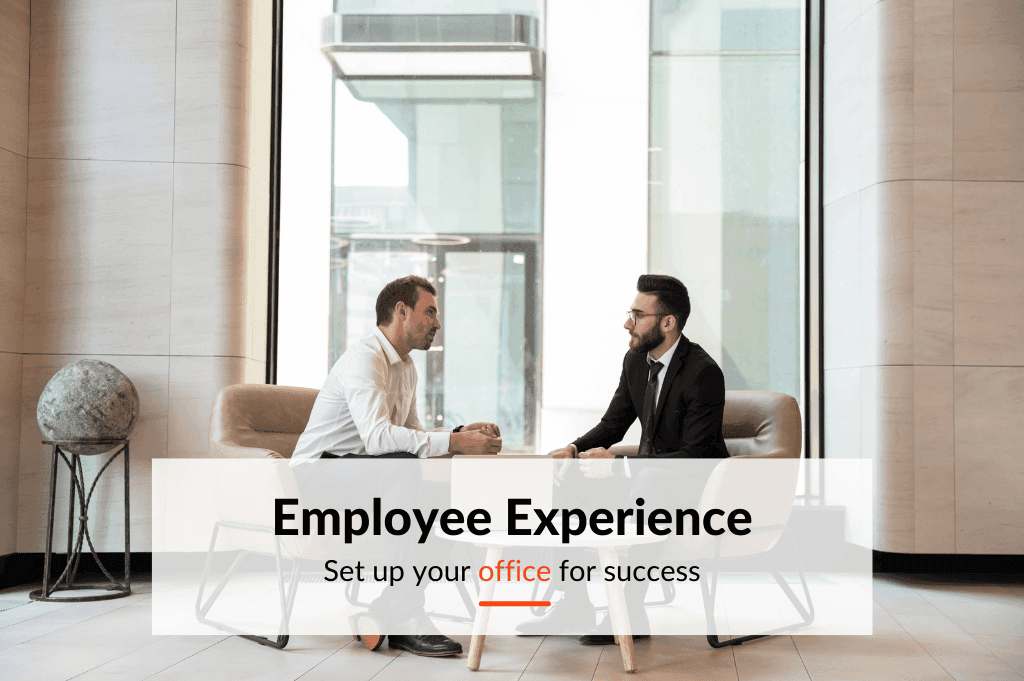Historically, the needs of employees and employers' have been at odds with one another. Now that many employees have worked remote through the pandemic tensions are rising as companies decide to return back to the office. Many questions among both employees and employers have risen. Which model in fact yields the most productivity? What can guarantee less turnover and more employee satisfaction?
Generally, employees are more content working from home than they are in the office. It allows them to balance between childcare, work, and errands more efficiently. These benefits create a greater sense of general well being amongst staff members. These benefits allow workers to maximize productivity. Still, companies are reluctant to transition to the hybrid model full stop.
From the employer perspective, the hybrid work model presents its challenges. Among them—communication does not flow as smoothly. Collaboration can be difficult. This interferes with teamwork and leadership initiatives. In turn, companies are forced to trust workers to self manage. If you are a business leader this can make it difficult to run a successful high performing business.
These differences in experiences on behalf of the employer and employee create a conflict; what should companies do to ease this transition? Should they even adopt the hybrid model?
The answer is yes. The solutions lie in breaking down the problems and taking a scientific approach in remedying them.
Here are 3 tips to help businesses gain maximum strength productivity and thriving businesses in the hybrid model:
1. Teach self awareness
A huge barrier in communication through a hybrid work model is the lack of self awareness. Without in-person stimulation from human counterparts, employees can become quieter, demotivated and less enthralled on the job generally. By practicing self awareness or self watching, employees can evaluate themselves daily—taking stock of how well they slept, ate, or worked and can take simple empowering actions to try and improve on their shortcomings.
2. Develop habit mechanics
By having people practice self awareness you break them out of the habit brain into the thinking brain which allows them to evaluate themselves from a different perspective. Activating the thinking brain allows people to reflect on why they are making the decisions they are making, giving them an opportunity to improve in self care and self management. Activating the thinking brain allows for thoughtful habit mechanics to be developed and solidifies the ability to self manage.
3. Be a cultural architect
Do your part to build a culture of self reflection, self improvement, and curate group gatherings outside of the workplace that still foster in-person connection. By activating the ability to socialize outside of a hybrid workplace and setting you strengthen team connections and create a culture of fun, and productivity to increase the general well being of your workforce.
There is not one simple way to run a hybrid work model, but integrating the above approaches help companies thrive as they commit to transitioning to the model of the future. It is possible to be high powered and successful as a hybrid workplace company, it just requires an adjustment of habits and expectations.
Flowscape is the leading tool for the hybrid workplace model and if you are considering this model you should consider our desk booking tool. Sign up for a demo today!
Further Reading
Download Our Space Management Brochure!
Flowscape provides a comprehensive Space Management Solution specifically designed to manage hybrid work schedules.
